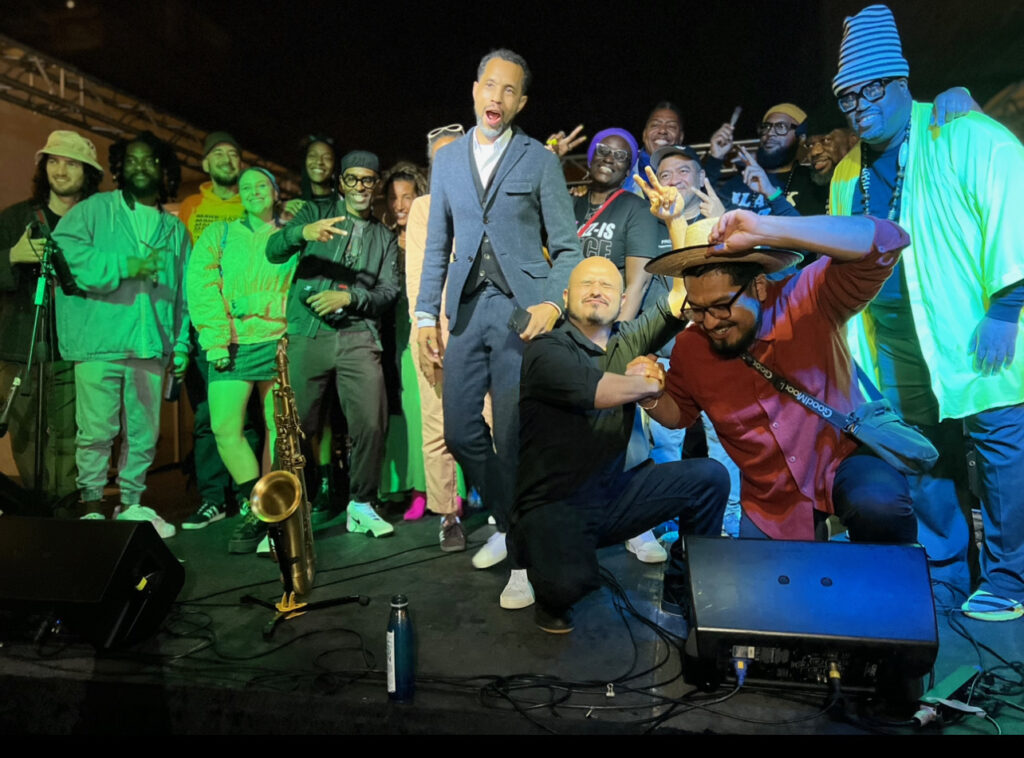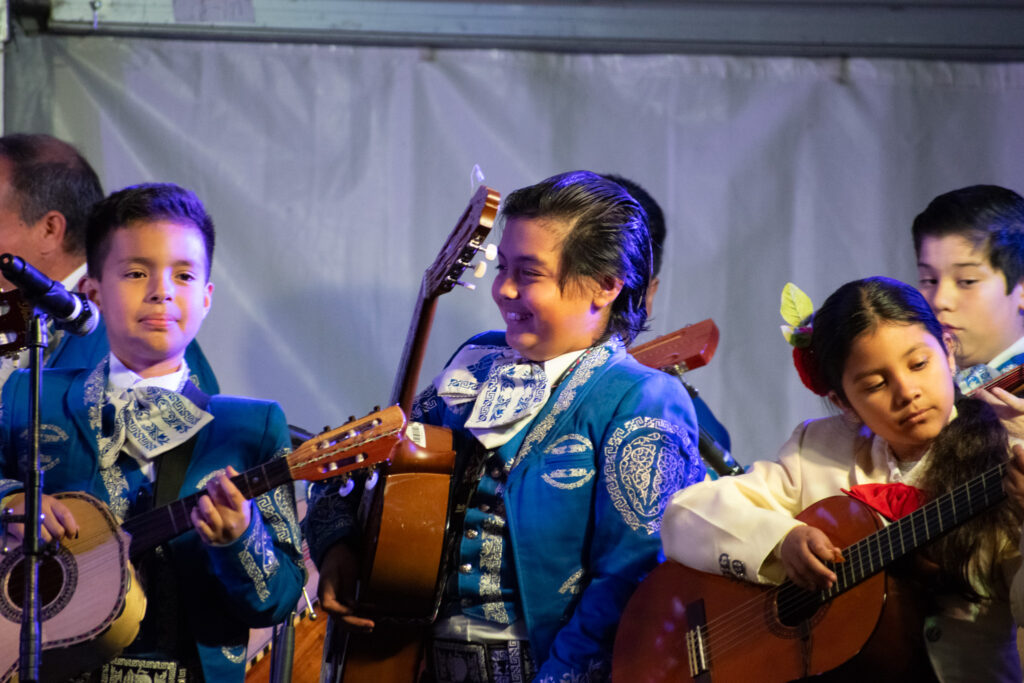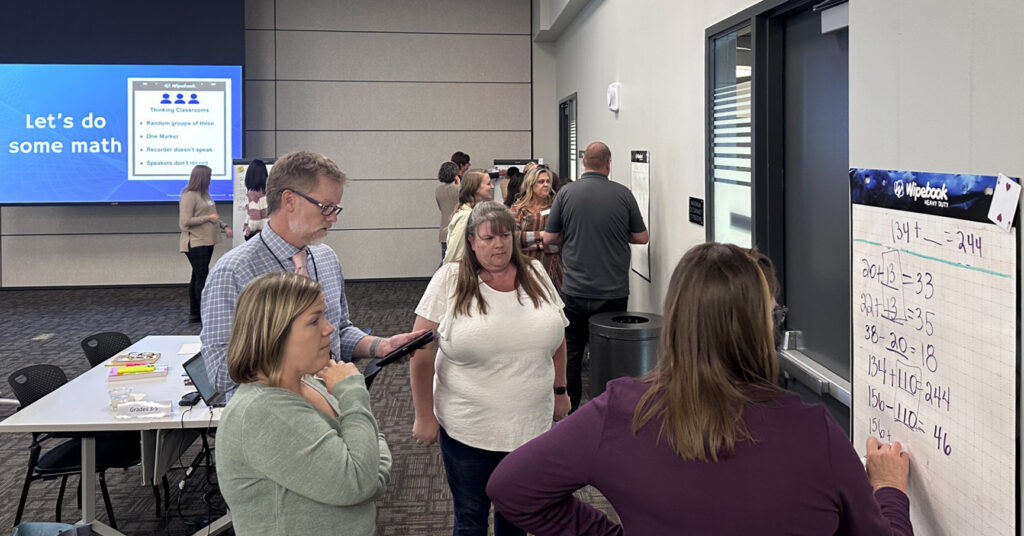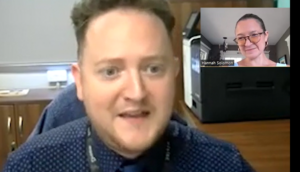Democrats are tied up in knots trying to frame “the right message.”
Republicans are focused relentlessly on stupid, misleading culture war issues, invented out of whole cloth. They skillfully maneuver voters into arguing about fake issues, enabling them to sidestep their truly terrible policies and goals.
A few years back, Republicans launched a full-scale attack on “critical race theory,” which demonized any honest examination of American history. Parents turned out to school board meetings to protest the phantom CRT, which allegedly made white kids feel bad.
Republicans harped on the issue, and red states passed laws banning CRT and other “divisive” concepts. The base fell for the anti-CRT campaign hook, line, and sinker.
Have you heard about CRT lately? NO. It served its purpose. On to fomenting hate against other targets.
In the 2024 campaign, the Republican Party had two burning issues: transgender people and violent immigrants. They harped relentlessly on parents’ fears that teachers were indoctrinating their children to be gay, even to be transgender. School nurses, it seemed, were performing surgery at school so that students could switched to a different gender, even though the same nurses won’t prescribe an aspirin without parental permission.
Stoking hatred towards immigrants was equally successful for Republicans. Undocumented immigrants were here to rape and murder. When the election was over, Trump used the hatred he had stoked to unleash masked thugs to kidnap people off the streets and throw them into unmarked vans. The mass roundups continue, despite pleas by farmers and the tourist industry to leave their workers alone.
The centerpiece of Trump’s massive Big Ugly Bill was the billions allotted to dertaining and expelling the immigrants that Trump used to stoke fear and hatred.
Culture war issues are very successful for Republicans because they distract the public from what is really happening. They distract from informed discussions of the radical downsizing of the federal government, the shutdown of foreign aid, the elimination of programs authorized by Congress, the incoherent tariff wars that alienate our allies.
The latest culture war issue has been building against the new “Superman” movie. It is even more pointless than the war against CRT and trans kids.
The best description of the Republicans’ efforts to gin up fear of the new movie was written by journalist Parker Molloy, who writes an excellent blog called “The Present Age.”
She wrote:
So apparently Superman believing in “basic human kindness” is now controversial. Who knew?
James Gunn, director of the new Superman film hitting theaters this Friday, recently sat down with The Times of London for an interview about his take on the Man of Steel. His crime? Describing Superman as “the story of America” — specifically, as an immigrant story centered on the apparently radical notion that being kind to people is good, actually.
“I mean, Superman is the story of America. An immigrant that came from other places and populated the country,” Gunn told the newspaper. “But for me it is mostly a story that says basic human kindness is a value and is something we have lost.”
Pretty anodyne stuff, right? The most famously wholesome superhero represents wholesome values. An alien refugee who becomes Earth’s greatest champion might have something to do with immigration. Real “water is wet” territory here.
But in the right-wing media ecosystem, Gunn’s comments were treated like he’d just announced Superman would be spending the entire movie reading The Communist Manifesto while wearing a pussy hat. Fox News immediately branded the film “Superwoke.”Jesse Watters suggested Superman’s cape should read “MS13.” Breitbart called it “terrible,” “superficial,” and “overstuffed” — which is impressive considering they hadn’t seen it yet. One OutKick writer declared that Gunn was “obviously upset that President Donald Trump is deporting illegal immigrants by the millions.”
All because a director pointed out that Superman — a character literally created by the children of Jewish immigrants — is an immigrant story about being nice to people.
The manufactured outrage machine kicked into overdrive so fast, you’d think Gunn had suggested replacing the S on Superman’s chest with a hammer and sickle. But this isn’t really about Superman. It’s about how conservative media takes the most innocuous statements and transforms them into culture war ammunition. It’s about how the right-wing ecosystem has become so reflexively oppositional that even “basic human kindness” reads as a partisan attack.
And perhaps most tellingly, it’s about what happens when you’ve built an entire media apparatus that needs a constant supply of things to be mad about — even if that means getting upset that Superman, of all characters, stands for truth, justice, and helping people.
Let’s trace how this nonsense actually unfolded, because watching the outrage assembly line in action is genuinely instructive.
The Times interview dropped on July 6. Within hours, the right-wing media apparatus had stripped Gunn’s comments of context and repackaged them as an assault on American values.
Fox News didn’t just report on Gunn’s comments; they created an entire narrative. “Superwoke” became their branded shorthand, repeated across segments like a mantra. Kellyanne Conway appeared on the network to declare, “We don’t go to the movie theater to be lectured to and to have somebody throw their ideology onto us.” Because apparently, suggesting people should be kind is now “ideology.”
But it was Jesse Watters who really went for it, quipping, “You know what it says on his cape? MS13.” Yes, the Fox News host actually tried to connect Superman — SUPERMAN — to a Salvadoran gang. Because he’s an immigrant, get it? Real subtle stuff.
The escalation was predictable. Ben Shapiro released a YouTube video through The Daily Wire, focusing his ire on lead actor David Corenswet’s refusal to say “the American way” in interviews. Instead, Corenswet had said “truth, justice, and all that good stuff,” which apparently constitutes treason in Shapiro’s America. “The reality that Hollywood is so far to the left that they cannot take a core piece of Americana and just say it’s about America,” Shapiro complained, seemingly unaware that “the American way” wasn’t even added to Superman’s motto until the 1950s.
The coordination across outlets was almost impressive. All the right-wing news organizations hit the same talking points within 48 hours. “Go woke, go broke” appeared in nearly every piece, because if there’s one thing conservative media loves, it’s a catchphrase that rhymes.
What’s particularly rich about all this pearl-clutching is that these same outlets constantly complain about “cancel culture” and “mob mentality.” Yet here they are, organizing a pre-emptive boycott of a movie because its director said… checks notes… immigrants can be good people and we should be nice to each other.
There is more to her brilliant critique. Open the link and finish reading. I subscribed.
Meanwhile, the actual film is getting great reviews and audience reactions. We are all in danger of being nice and kind to one another.













